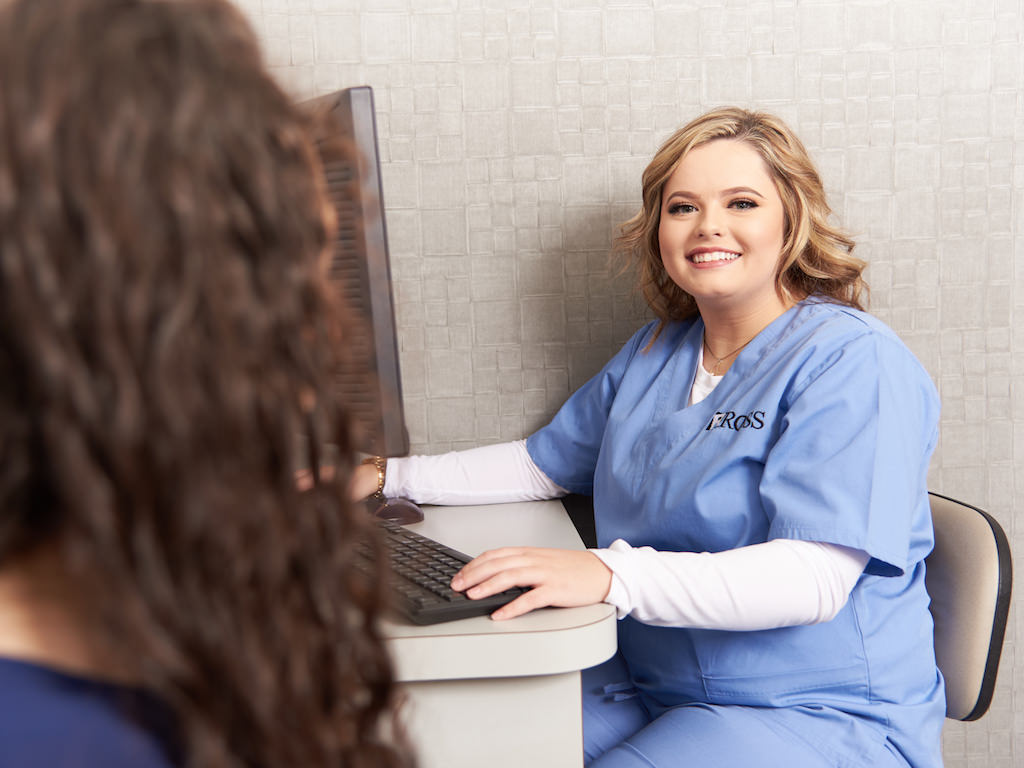 In the recent years, the healthcare industry has made many drastic moves to increase efficiency and improve the patient experience through technology. One of the most universal and obvious tools being used across the healthcare field is Electronic Health Records (EHRs). No matter the location or type of facility, the EHR has come in and replaced paper records in a majority of physician’s offices, hospitals, urgent care centers, and more.
In the recent years, the healthcare industry has made many drastic moves to increase efficiency and improve the patient experience through technology. One of the most universal and obvious tools being used across the healthcare field is Electronic Health Records (EHRs). No matter the location or type of facility, the EHR has come in and replaced paper records in a majority of physician’s offices, hospitals, urgent care centers, and more.
Some argue that the new technology presents a learning curve initially; however, it also provides a variety of benefits to patients, providers, and all of those other healthcare professionals that use it. Why? That’s easy; when providers are given more accurate and complete information about a patient, the patient can be provided better and more efficient medical care.
EHRs Keep Patients Safer
Although an EHR depends on a healthcare professional to input the information, it then does more than just store it. The EHR actually uses the patient information to alert providers to possible safety issues, allergies, medical history, past diagnoses, and any operational problems.
The way that the EHR functions cuts down drastically on the possibility of human error or lost medical records. For example, if a physician orders a medication and the EHR recognizes that the patient has an allergy to that medication, the physician will be alerted. This ensures that doctors, nurses, medical assistants, and others are prepared to provide the best possible care to patients.
EHRs Provide Patient Care Tools
In addition to avoiding errors and keeping patients safer, EHRs also provide a variety of helpful tools and technologies that weren’t possible when using paper charts. Some of these include graphs and charts tracking values like blood pressure, cholesterol levels, and weight over time. These tools and others allow for prevention and management of chronic diseases as well as treatment goals and screening alerts.
Using the EHR offers providers with resources that they have never had before, right at their fingertips. Healthcare professionals aren’t the only people benefited by such tools. Many EHRs allow patients to have quick access to their medical information and prescriptions. They can also communicate with their provider’s office and take more responsibility for managing their own health and healthcare. Some EHRs are even able to be accessed in real time using a smartphone.
EHRs Save Time
Anytime a new technology is introduced, it brings with it new challenges. However, many offices and hospitals have discovered that the benefits of an EHR far outweigh the difficulties of implementing it. Although the learning curve may make using the EHR slow to begin with, soon healthcare professionals at a facility using one will discover that incredible time can be saved once trained staff is in place.
Facilities using an EHR have many opportunities to save time as their staff no longer has to dig to find charts or fill out paper forms. Instead staff has all patient records easily accessible and is able to create quick templates and pre-fill information instead of having to repeatedly enter it into forms and charts. As healthcare facilities are able to achieve meaningful use of the EHR, patient care will be made more efficient and patient experience will be positively impacted.
